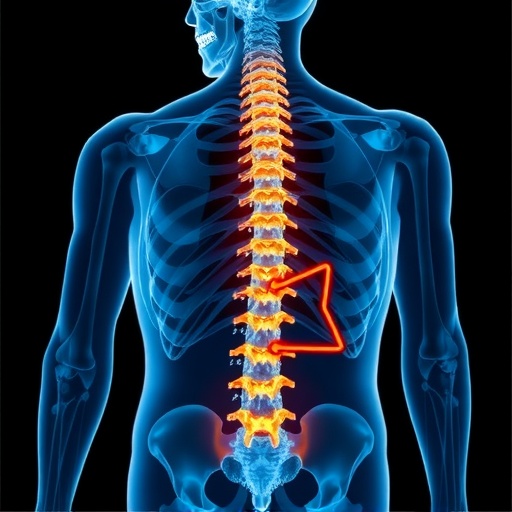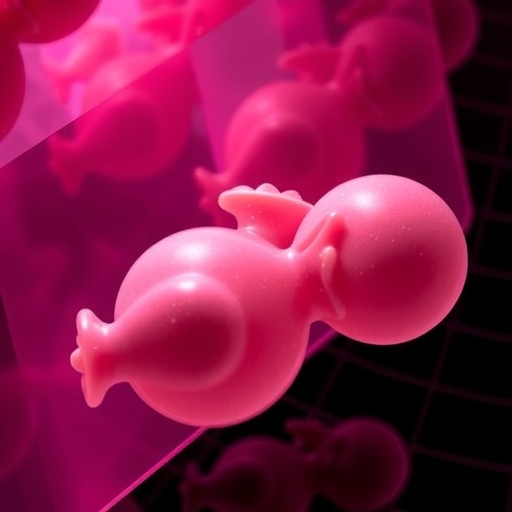The rabies virus wreaks havoc on the brain, triggering psychosis and death. To get where it needs to go, the virus must first trick the nervous system and cross the blood brain barrier — a process that makes it of interest in drug design. Now, scientists report in ACS Nano a way to exploit the rabies virus machinery to deliver a Parkinson's disease medication directly to the brain.
Parkinson's disease, the slow degeneration of the brain cells that control movement, affects about a million Americans, according to the Parkinson's Foundation, and has no cure. While the exact cause of Parkinson's disease is unknown, a common feature of the illness is the accumulation of iron in neurons, inflicting damage and cell death. Some doctors are now using a metal-grabbing compound called deferoxamine to sop up the excess iron in patients, but high doses are needed due to the drug's limited capacity to enter the brain, bringing on serious side effects. To lower the effective dose, Yan-Zhong Chang, Xin Lou, Guangjun Nie, and colleagues wanted to take advantage of a key part of the rabies virus to usher deferoxamine into the brain.
Glycoprotein 29 is a part of the rabies virus that binds to a brain cell receptor and crosses the blood brain barrier. The researchers attached glycoprotein 29 to a nanoparticle stuffed full of deferoxamine. Then, they injected the iron-grabbing nanoparticles into mouse models of Parkinson's disease. The iron levels in the mouse brains dropped, reducing the brain damage and reversing the disease symptoms, without noticeable side effects. Since all of the components in the therapeutic agent are already approved for use in the clinic, the researchers are looking toward human trials.
###
The authors acknowledge funding from National Natural Science Foundation of China, the National Distinguished Young Scientists program, the Innovation Research Group of the National Natural Science Foundation, the Key Research Project of Frontier Science of the Chinese Academy of Sciences, Queensland-Chinese Academy of Sciences Collaborative Science Fund and Beijing Municipal Science & Technology Commission.
The abstract that accompanies this study is available here.
The American Chemical Society, the world's largest scientific society, is a not-for-profit organization chartered by the U.S. Congress. ACS is a global leader in providing access to chemistry-related information and research through its multiple databases, peer-reviewed journals and scientific conferences. ACS does not conduct research, but publishes and publicizes peer-reviewed scientific studies. Its main offices are in Washington, D.C., and Columbus, Ohio.
To automatically receive news releases from the American Chemical Society, contact [email protected].
Follow us on Twitter | Facebook
Media Contact
Katie Cottingham
[email protected]
301-775-8455
@ACSpressroom
http://www.acs.org




